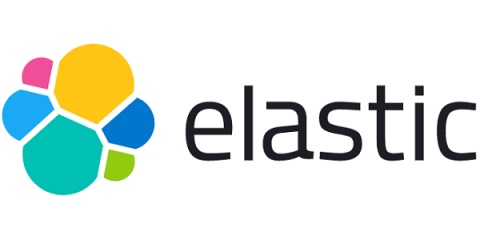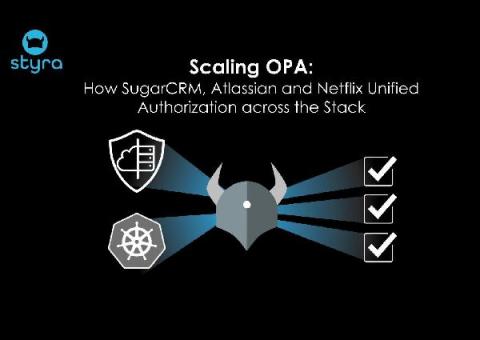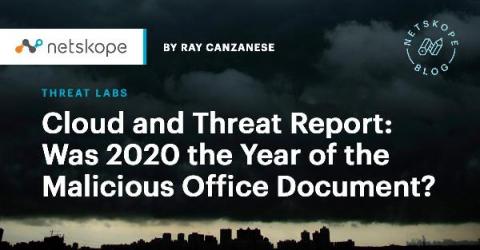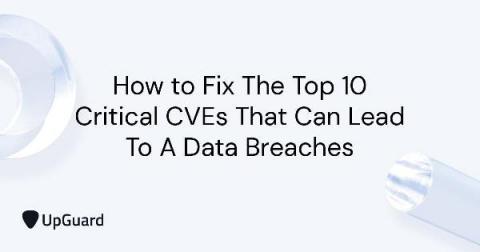Deploying Elastic to further strengthen IT security at TierPoint
TierPoint is a leading provider of secure, connected data center and cloud solutions at the edge of the Internet with thousands of customers. At TierPoint, I’m responsible for maintenance and development of the information security program, which includes threat analytics, incident response, and digital forensics. We’re constantly looking for new and even more effective ways to aggregate, process, and make decisions from massive amounts of data streaming in from diverse sources.











